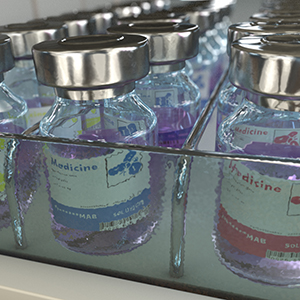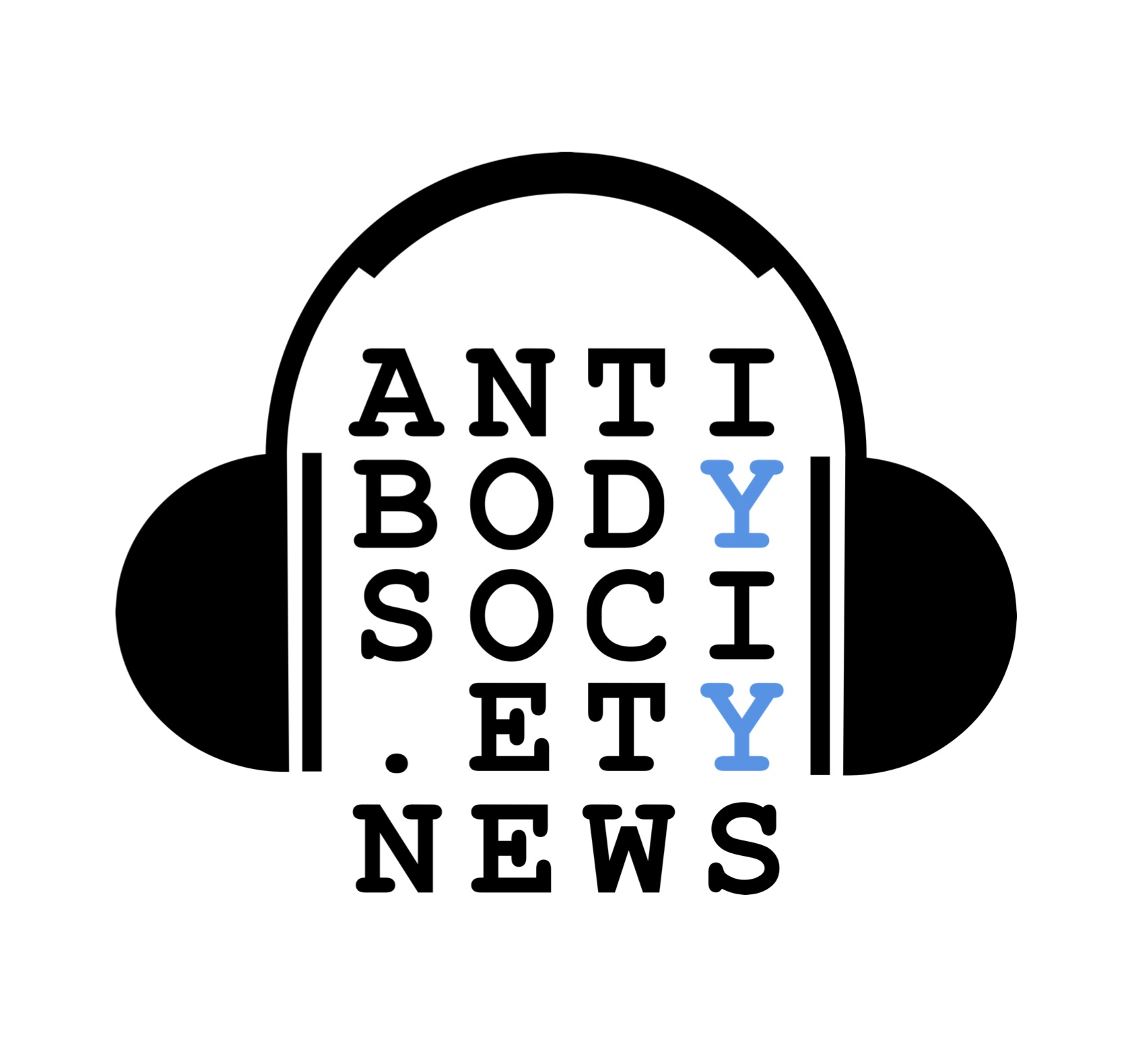 On October 11, 2024, Pfizer Inc. announced that the U.S. Food and Drug Administration approved HYMPAVZI™ (marstacimab-hncq) for routine prophylaxis to prevent or reduce the frequency of bleeding episodes in adults and pediatric patients 12 years of age and older with hemophilia A (congenital factor VIII deficiency) without factor VIII (FVIII) inhibitors, or hemophilia B (congenital factor IX deficiency) without factor IX (FIX) inhibitors. Marstacimab is an IgG1l monoclonal antibody targeting tissue factor pathway inhibitor, a single-chain polypeptide that can reversibly inhibit Factor Xa. The antibody’s Fc mutations (L234A, L235A, G237A) impair Fc effector functions.
On October 11, 2024, Pfizer Inc. announced that the U.S. Food and Drug Administration approved HYMPAVZI™ (marstacimab-hncq) for routine prophylaxis to prevent or reduce the frequency of bleeding episodes in adults and pediatric patients 12 years of age and older with hemophilia A (congenital factor VIII deficiency) without factor VIII (FVIII) inhibitors, or hemophilia B (congenital factor IX deficiency) without factor IX (FIX) inhibitors. Marstacimab is an IgG1l monoclonal antibody targeting tissue factor pathway inhibitor, a single-chain polypeptide that can reversibly inhibit Factor Xa. The antibody’s Fc mutations (L234A, L235A, G237A) impair Fc effector functions.
HYMPAVZI is the first hemophilia medicine approved in the U.S. to be administered via a pre-filled, auto-injector pen. The approval was based on results of the Phase 3 BASIS study (NCT03938792), which evaluated the efficacy and safety marstacimab in adult and teenage participants with severe hemophilia A or moderately severe to severe hemophilia B. In the study, HYMPAVZI reduced the annualized bleeding rate (ABR) for treated bleeds by 35% and 92% after a 12-month active treatment period compared to routine prophylaxis and on-demand treatment, respectively, in patients with hemophilia A or B without inhibitors. The safety profile for HYMPAVZI was consistent with Phase 1/2 results.
In September 2024, the European Medicines Agency’s Committee for Medicinal Products for Human Use adopted a positive opinion for marstacimab for the routine prophylaxis of bleeding episodes in adults and adolescents 12 years and older with severe hemophilia A without FVIII inhibitors, or severe hemophilia B without FIX inhibitors. A decision by the European Commission is expected by the end of 2024.
Curious about what other antibody therapeutics are approved or in regulatory review? Our online table contains details for over 200 such antibodies!


